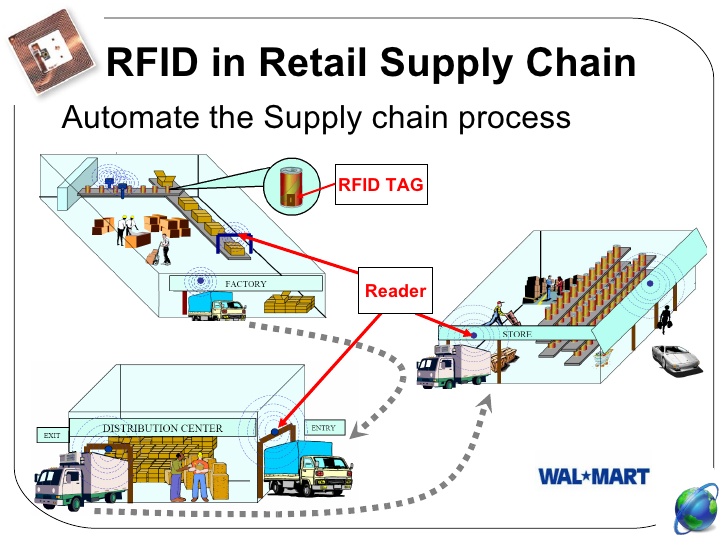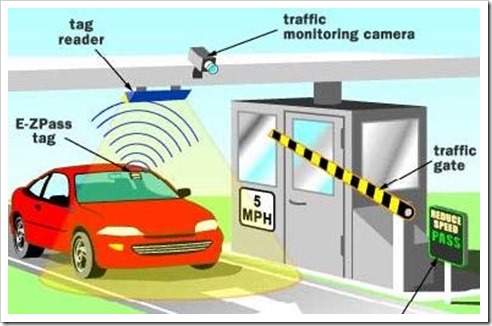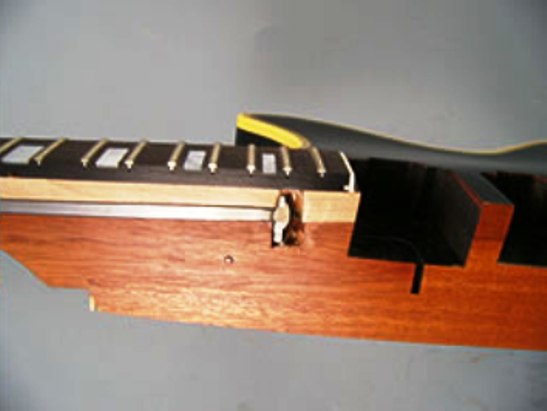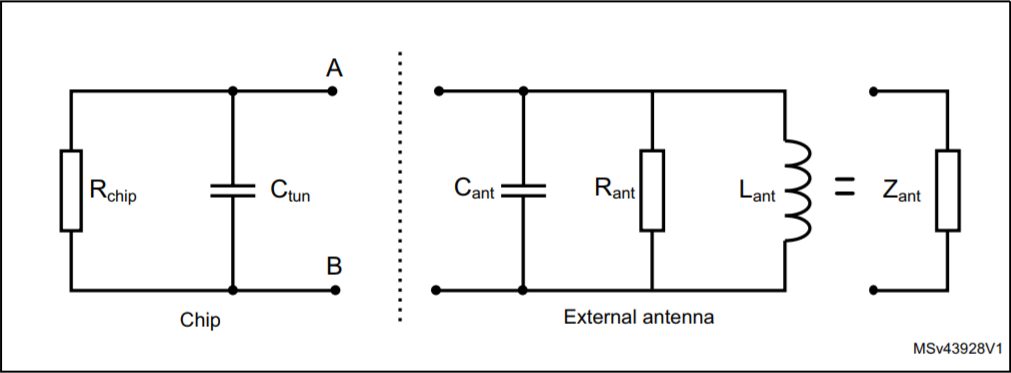& Construction

Integrated BIM tools, including Revit, AutoCAD, and Civil 3D
& Manufacturing

Professional CAD/CAM tools built on Inventor and AutoCAD
8 min read
Radio-Frequency Identification (RFID) has been around for over 50 years, and in the last decade is finally cheap enough to mass-produce and place in everyday objects. This presents some new opportunities for electronics designers wanting to learn about RF and antenna design. While RFID accomplishes the same functionality of a barcode or magnetic strip on a credit card, it has some unique use cases that make it worth learning about and designing. In this blog, we’ll be covering how RFID works and how you can create your very own RFID tag antenna circuit.
An RFID system consists of three parts: a scanning antenna, an RFID tag which includes all of the information about a product, and a reader which decodes and interprets data on a tag. These three pieces fit into a process where:

RFID tags are broken down into one of two types, Active and Passive:

Active RFID tags use an internal battery source to power their circuitry and send radio signals. Because of their battery power, active tags can broadcast at higher frequencies from 805 to 950 MHz. This allows them to be scanned from up to 100 feet away.
| Advantages | Disadvantages |
|
|
Passive RFID tags have no battery source and rely on the electromagnetic coupling of an antenna for their power. This leaves them with a shorter reading distance of up to 20 feet. However, because they have fewer components in their circuitry they’re also cheaper to produce and disposable. This is the kind of tag you’ll find in consumer-level products.
| Advantages | Disadvantages |
|
|
All RFID tags are classified by their Generation and Class. Current Gen-2 RFID tags were adopted in December 2004 and offer several advantages over Gen-1, including:
RFID tag classes range from Class 0 through Class 5 and define available functionality. Class details include:
| Class | Functionality |
| Class 0 | UHFI read-only, preprogrammed passive tag |
| Class 1 | UHF or HF, can be written once, read many times (WORM) |
| Class 2 | Passive read-write tags that can be written at any time |
| Class 3 | Passive or active read-write tags with added sensors for recording temperature, pressure, and motion. |
| Class 4 | Active read-write tags with integrated transmitters that can communicate with other tags and readers. |
| Class 5 | Active read-write tags that can power other tags and communicate with external devices other than readers. |
RFID wireless technology has provided enormous benefits to logistics, inventory control, and retail industries, but that doesn’t make it a perfect technology. However, when compared with barcodes and other manual scanning systems, RFID has some noticeable advantages, including:
The disadvantages for RFID fall into two categories, technical issues related to RFID implementation and security/privacy uses.
With its lower manufacturing costs, the uses for RFID are spreading across a variety of industries and settings. Some of the most common applications we see today include:
RFID tags are attached to clothing and other consumer goods in retail stores. This allows employees to scan items and track inventory levels without dealing with barcodes.

RFID tags are commonly added to toll booths, and subway passes. This allows commuters to swipe a card and automatically deduct the cost of the fare.

High priced, luxury items like custom-built guitars are now having RFID tags embedded inside them. This inventory is then shared with local law enforcement, dealers, and repair shops to help prevent theft.

These are just a few of the many uses for RFID. In the future, this technology is proving to be a major disruptor for the retail shopping experience with concepts like Amazon Go. Some other use cases for RFID include:
When designing an RFID system, engineers will typically utilize exiting tag microchips like the STMicroelectronics ST25 in combination with a custom antenna. In this section, we’ll be covering some practical tips on how to approach this antenna design process, along with further details in an application note.
Before designing a custom antenna, you need to know the frequency of your application. Nearly all RFID systems operate in two lower-frequency bands, either 13.56 MHz or 125 KHz, both of which are applicable in almost every country. Within the 13.56 MHz band, your application can be categorized as:
To determine the frequency of your application you also need to consider the material and environment of your device. For example, an RFID tag with a paper label held together with adhesive will reduce the antenna frequency by about 300 KHz. This reduction makes it necessary to tune the antenna at 13.9 MHz instead of its specified 13.6 MHz.
Many antenna design application notes will include an equivalent circuit model that you can follow when designing your own. The schematic below shows how the chip and antenna fit together in a typical circuit:

The Chip
The Antenna
At 13.56 MHz your antenna design will either be circular, spiral, or square shaped. What shape you use will depend on your design requirements. Below are three formulas you can use to determine the inductance for your specific antenna type quickly:



| Layout | K1 | K2 |
| Square | 2.34 | 2.75 |
| Hexagonal | 2.33 | 3.82 |
| Octagonal | 2.25 | 3.55 |
The details we covered above just scratch the surface of designing a custom RFID tag antenna. Be sure to read the full application note for STMicroelectronics on How to design a 13.56 MHz antenna for ST25 RFID tags.
RFID takes advantage of radio waves to read and capture information stored on tags that can be attached to a variety of objects. From high-dollar guitars to pets and shipping containers, the uses for RFID are almost limitless. This technology is poised to be a replacement for the standard barcode and magnetic strips in the future, but what will that future look like? If it’s anything like what Amazon Go has envisioned, we’ll soon be enjoying a shopping experience without any of the tedium of lines and checkouts. But what does all of that mean for our personal privacy?
Ready to design the future of wireless electronics? Get started today with the ST25 RFID tag microchips from STMicroelectronics. Then design your custom antenna with Autodesk EAGLE!
By clicking subscribe, I agree to receive the Fusion newsletter and acknowledge the Autodesk Privacy Statement.
Success!
May we collect and use your data?
Learn more about the Third Party Services we use and our Privacy Statement.May we collect and use your data to tailor your experience?
Explore the benefits of a customized experience by managing your privacy settings for this site or visit our Privacy Statement to learn more about your options.